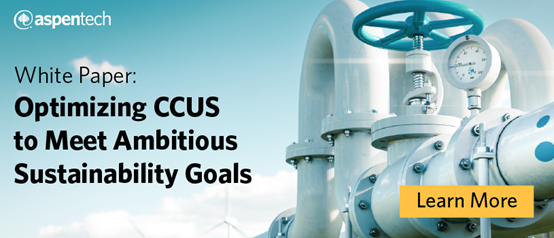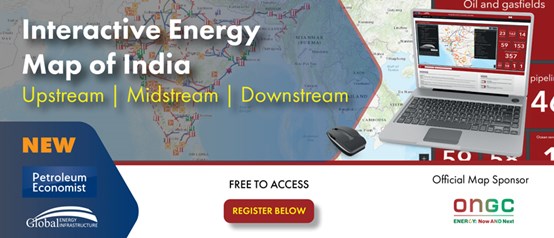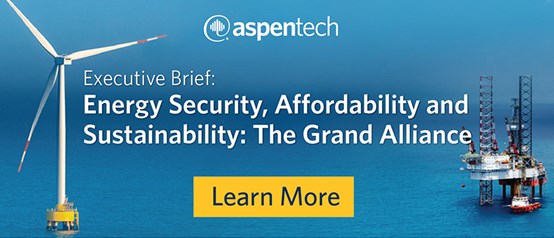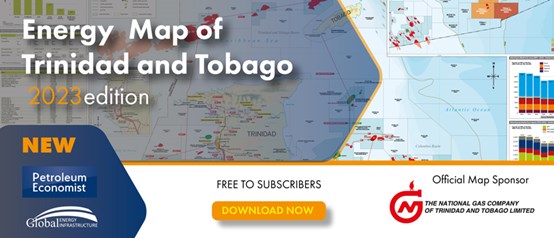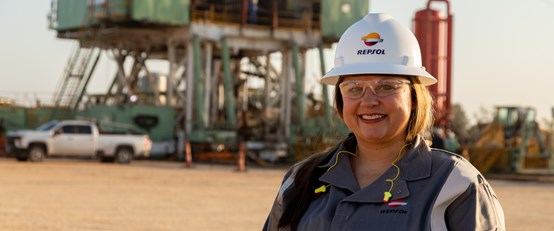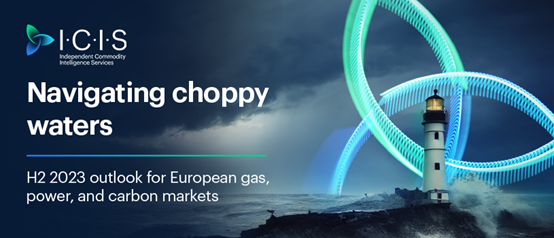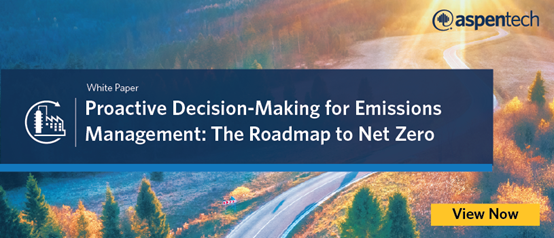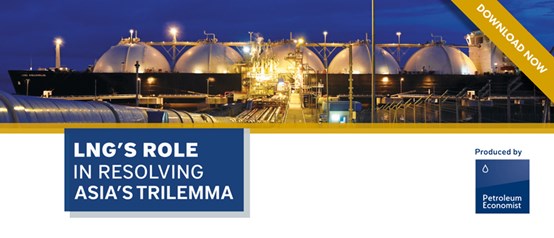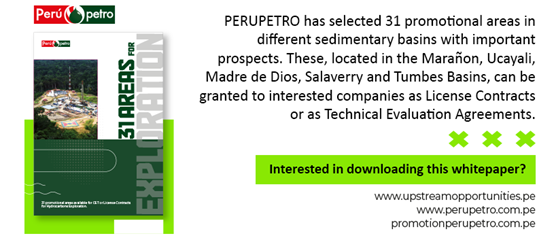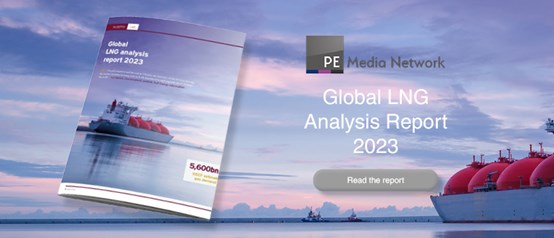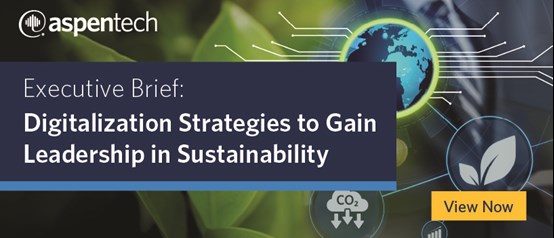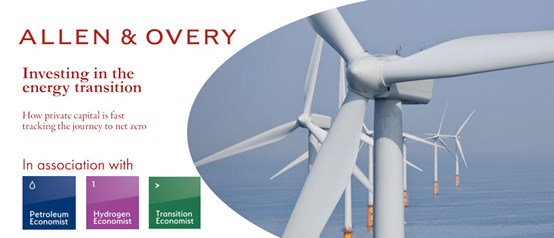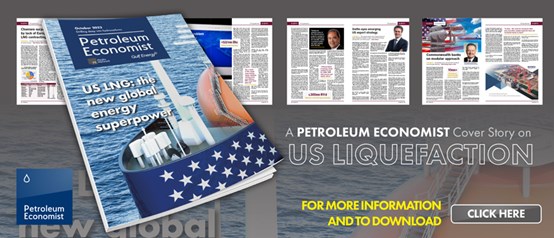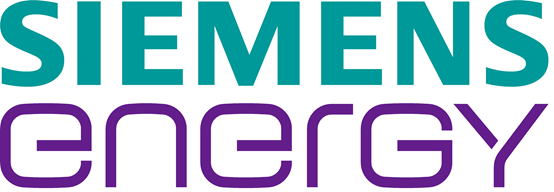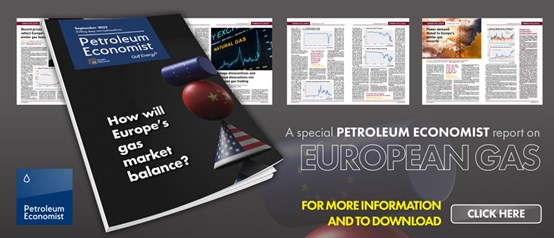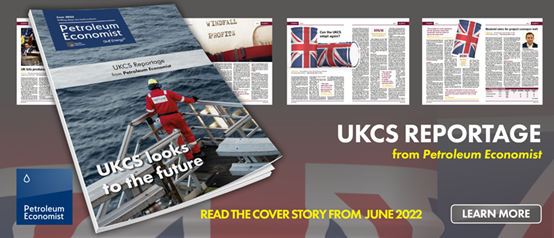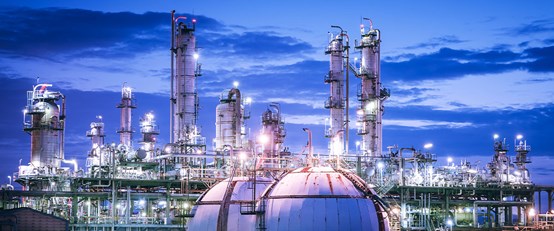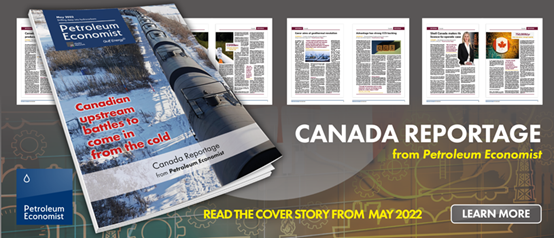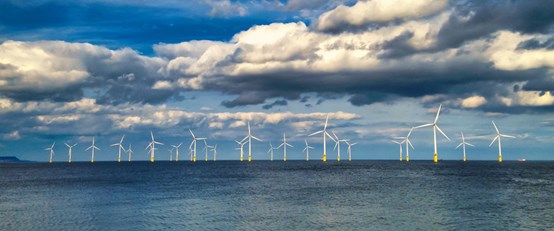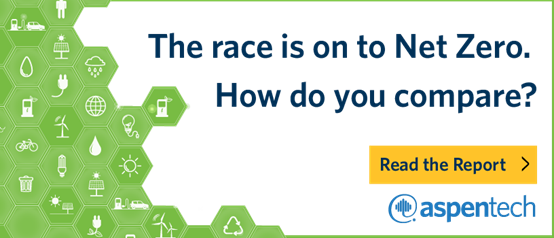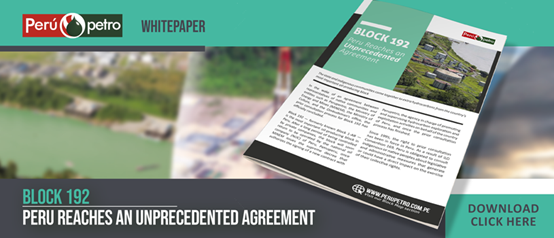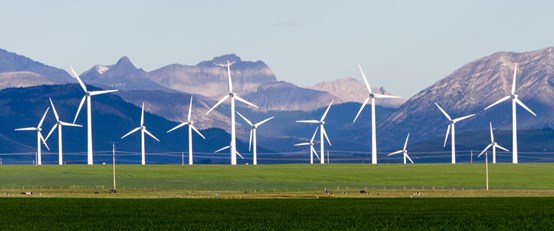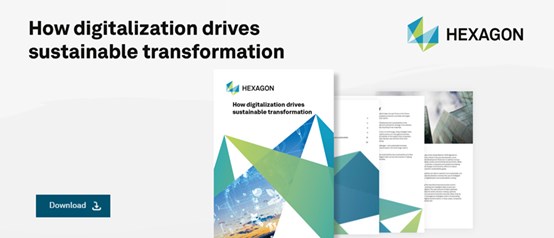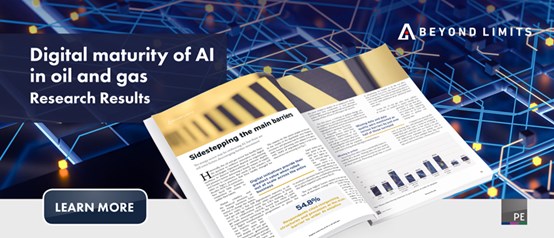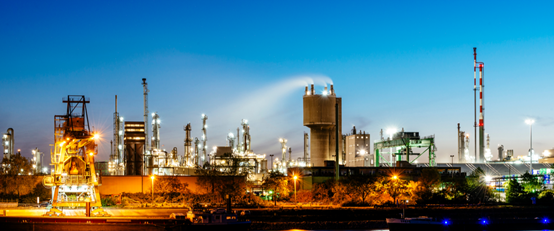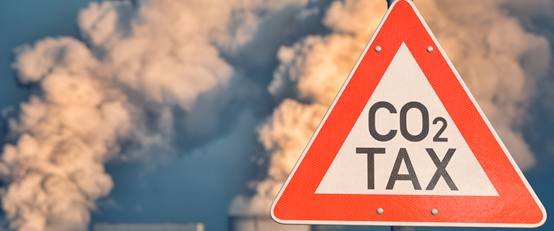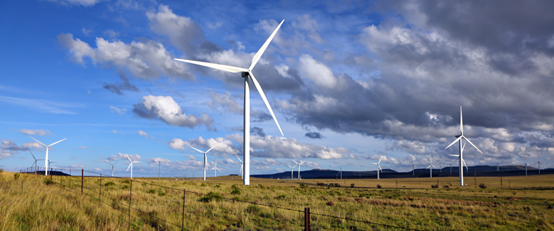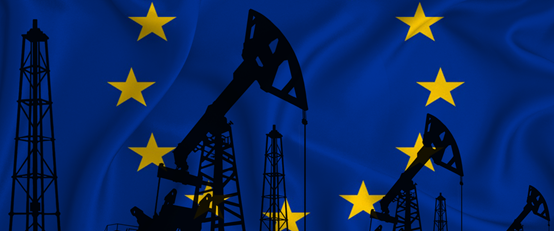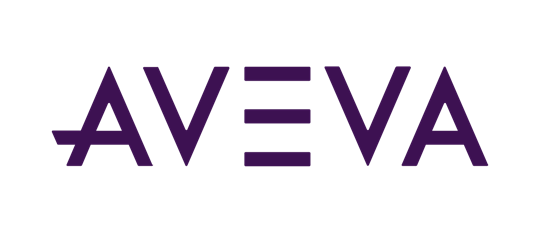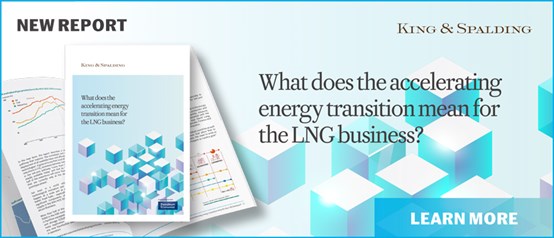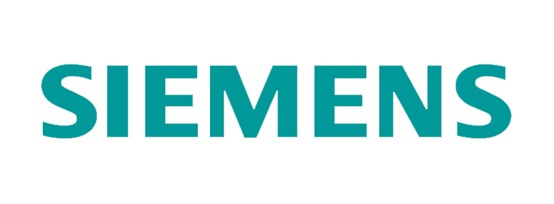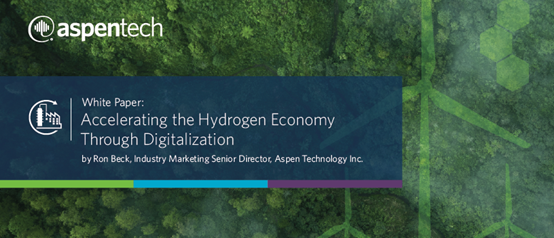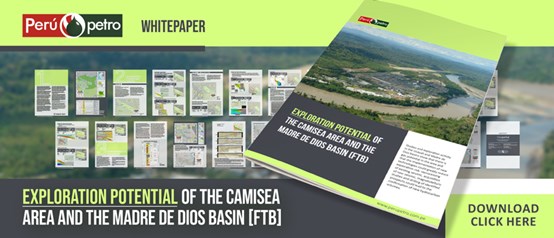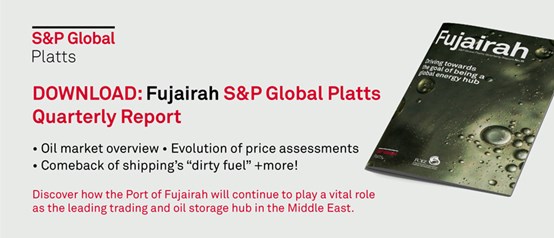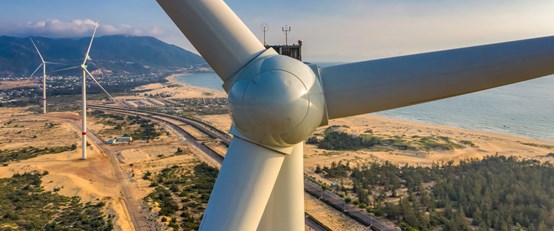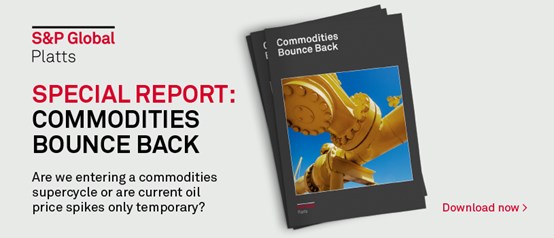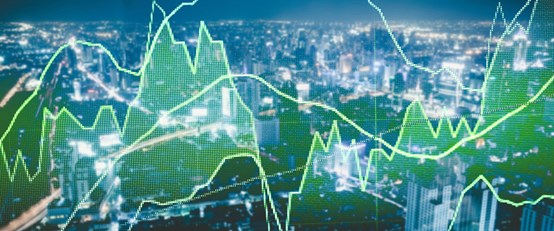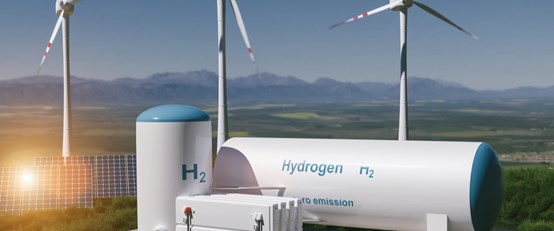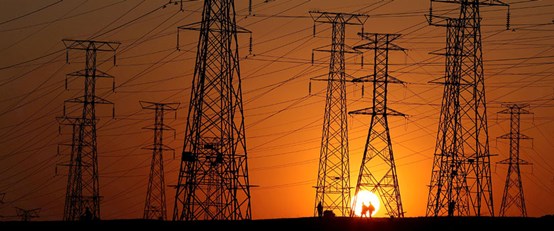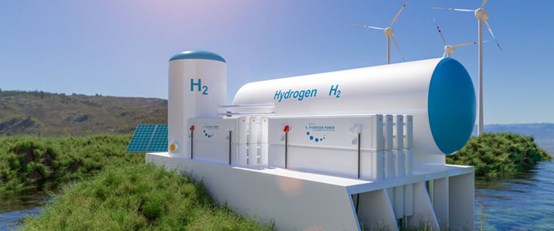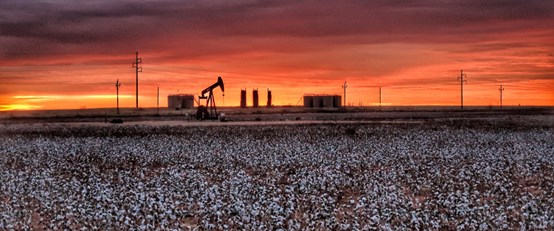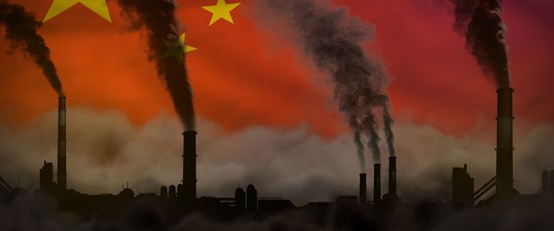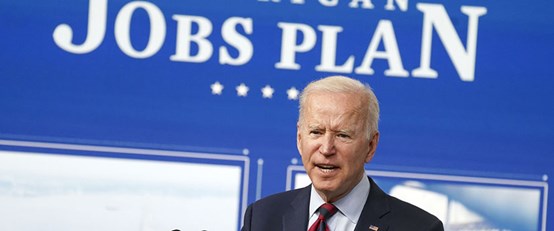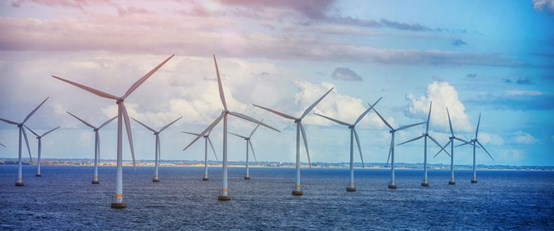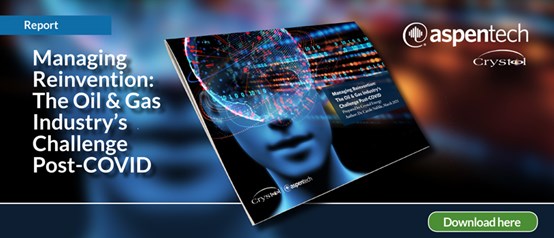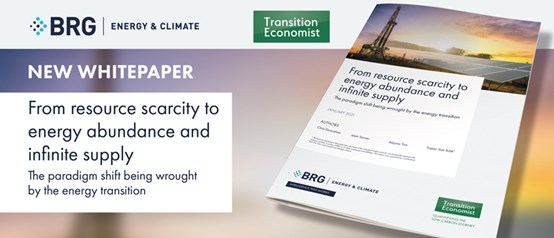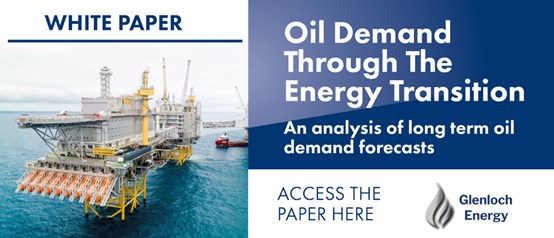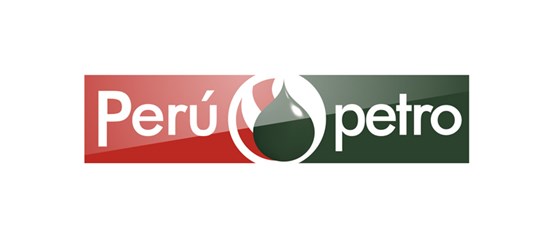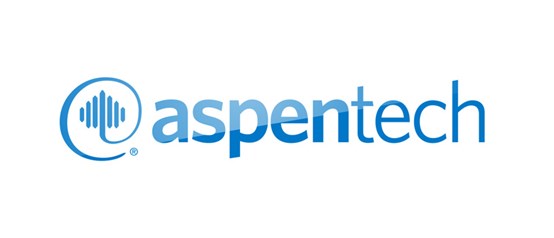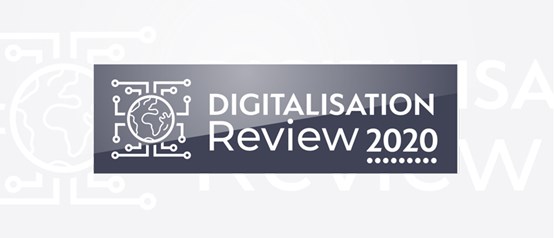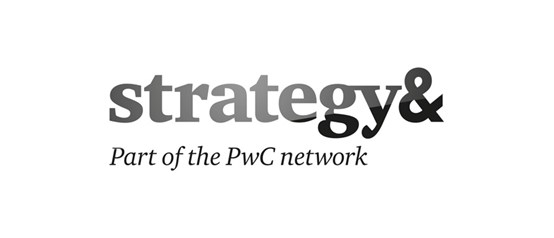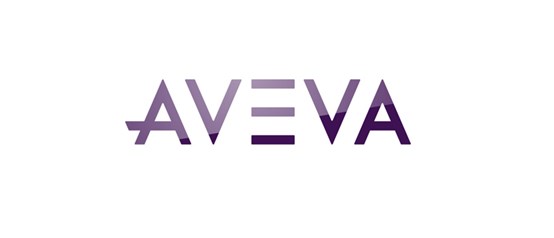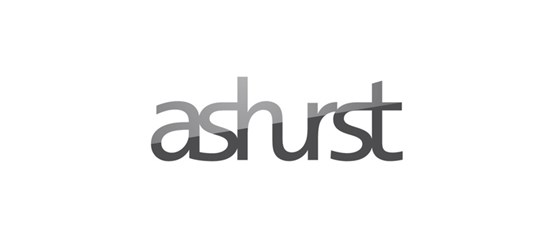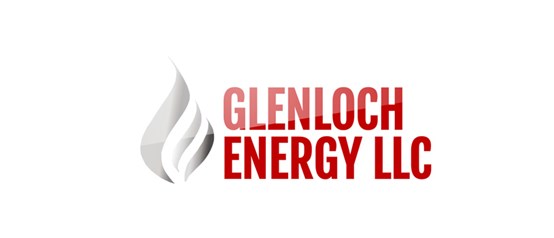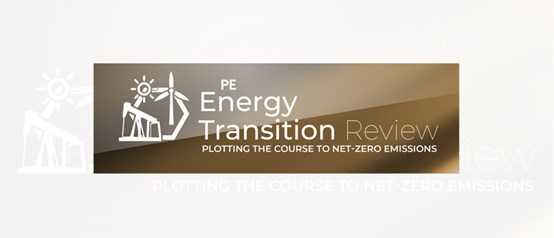Once the unloved cousin in a regional energy mix dominated by abundant supplies of crude oil, gas has barged its way to the top of the agenda in the Middle East and North Africa. Gas now accounts for more than half of the MENA energy mix, and the region is now responsible for almost 18% of global gas consumption, the third-largest share behind North America and Asia-Pacific.
Discover the trends propelling gas to the forefront of the MENA energy mix.
This new report from Welligence Energy Analytics – official knowledge partner of the Deepwater Development Conference 2026 – benchmarks the top 10 deepwater operators globally, who account for circa 70% of total deepwater output. Who is leading the charge? Who is dominating deepwater production? What does the next wave of deepwater projects look like? Download this free report now to learn more.
Welligence Energy Analytics, Knowledge Partner of the Deepwater Development Conference 2026 (formerly MCEDD), share this unique report "Offshore project execution: What have we learnt so far", which analyses the cost overruns and delays effecting several offshore projects and explores the positive future outlook for the sector and the next wave of FIDs. https://welligence.com/
Outlook 2025: The Grand Alliance: An All-Energies Approach to the World's Growing Energy Needs is the latest edition of our annual special report that offers investors and decision-makers critical analysis on the trajectory of the energy industry and what to expect in the year ahead.
AspenTech Industrial AI™ is a game-changing technology for the process industries, combining the speed and power of AI algorithms with the efficiency and parameters of real-world domain expertise. Our purpose-built AI solutions bring together data insights, engineering fundamentals, asset knowledge and industry expertise, enabling companies to adapt and respond quicker to ever-changing business needs.
Download now to learn how companies like Dow, Aramco and BASF are using Industrial AI today to transform their processes and improve operational excellence.
Iraq is on the path to energy independence, with significant focus on developing its natural gas reserves and reducing reliance on imports. Major infrastructure projects, such as the Grand Faw Port and the Development Road, aim to position Iraq as a regional energy hub. Environmental initiatives targeting gas flaring reduction and enhanced electricity generation are central to the strategy. With reforms creating a more favorable investment environment, Iraq is attracting international interest in its oil, gas, and renewable energy sectors.
The US LNG Factbook, sponsored by Cheniere Energy, provides a comprehensive overview of the meteoric rise of US LNG exports and the technological innovations that made it possible. This detailed book highlights the transformation of the US into a global LNG powerhouse and its implications for international energy markets and geopolitical dynamics. Explore how US LNG has become a pivotal player in meeting global energy demands, enhancing market liquidity and supporting the transition to more sustainable energy solutions.
The race to a zero-carbon future is on. Global oil and gas, petrochemical and chemical companies have announced ambitious carbon mitigation, plastics re-use and water conservation targets. Learn how industry leaders like Saudi Aramco, Kinder Morgan, Shell CANSOLV, Fluor and others are already using digital technology solutions to drive innovation and economics of carbon capture projects.
The Energy Map of India 2024 is a collaborative digital energy map, made possible by Oil and Natural Gas Corporation Limited (ONGC) with the renowned energy information and market intelligence providers Petroleum Economist and Global Energy Infrastructure. This dynamic platform unveils a comprehensive visualization of India's oil and gas resources and features renewable energy resources such as wind and solar.
To meet the Paris Agreement goals for global warming, the world needs to reduce emissions by unprecedented volume—and at unparalleled speed. Energy companies will require new solutions, including advanced technology, to meet the dual challenge of ensuring a green future while continuing to provide reliable supplies. Download this executive brief to learn about the current state of the energy transition, where the energy industry has made progress on climate change and more!
The Energy Map of Trinidad and Tobago is a comprehensive map of the country's energy infrastructure, including oil and gas fields, pipelines, refineries, petrochemical plants, the LNG facilities and ownership of onshore and offshore license blocks. The map is produced by the Petroleum Economist with Global Energy Infrastructure and sponsored by the National Gas Company of Trinidad and Tobago (NGC).
Outlook 2024: Next directions in the evolving energy trajectory examines the changes in the energy sector through the lens of oil, gas & LNG, geopolitics and energy markets and the energy transition. This forward-looking special report informs investors and decision-makers of the industry trajectory and sets the agenda for the year ahead.
Europe entered the second half of the year in a relatively comfortable position, with supressed gas and power demand, elevated gas storage levels, and a power supply situation that is vastly improved from the same time 12 months ago. However, significant risks remain across gas, power, and carbon markets.
Today's energy companies are looking for innovative ways to reduce emissions while meeting or exceeding production targets. Discover how industry leaders are using advanced digital solutions to monitor emissions, optimize profit and yield, and reduce CO2 emissions by up to 20%
When the world faced an unprecedented energy crisis, global leaders were motivated to take bold steps towards a cleaner and more secure energy future. The IEA's latest World Energy Outlook highlighted the transformative potential of this crisis, emphasising accelerated energy transitions and the need for innovative solutions.
Petroleum Economist is excited to introduce you to our latest Asian LNG report. This report delves into the evolving landscape of LNG demand in Asia, addressing energy security aspects and exploring the role of LNG as a transition fuel in the region's changing energy landscape.
PERUPETRO has selected 31 promotional areas in different sedimentary basins with important prospects. These, located in the Marañon, Ucayali, Madre de Dios, Salaverry and Tumbes Basins, can be granted to interested companies as License Contracts or as Technical Evaluation Agreements.
Nonetheless, we continue with the “open acreage” policy whereby interested companies can propose other available areas of interest.
At the same time, PERUPETRO has been aligning efforts with the different sectors involved in the development of the industry, to reactivate production and generate conditions for the development of important projects underway, mainly in the Peruvian offshore, where expectations are promising.
How does the energy industry reconcile the need for reliable, affordable and available fuels in the immediate future and the long-term goals around sustainability? In a series of exclusive interviews, the leading thinkers at the IEA lay out a difficult but achievable pathway and the important role oil and gas companies have to play.
Read more about the IEA’s insights on the energy trilemma by snapping up your copy of the full report.
Today´s executives are faced with the complex challenge of maximizing profitability while meeting sustainability and corporate social responsibility (CSR) objectives. Using APM 4.0 to identify efficiencies across the organization can drive operational excellence, which in turn can lead to significant advancement of sustainability objectives.
In this paper read how companies like LG Chem, Sardeolica, GSK, Braskem Idesa and others have decreased maintenance expenses, increased profits and avoided environmental and safety risks using APM 4.0.
Numerous trends are driving the short-term and long-term demand for gas globally.
These include, but are not limited to, decarbonisation efforts by numerous countries around the world and the sanctions placed on Russia’s gas due to its war with Ukraine. In turn, capex on new LNG capacity—both liquefaction and regasification—has skyrocketed over the past several years, with hundreds of billions of dollars in announced investments under development globally.
Read more about what further trends are affecting both the short-term and long-term demand for gas by grabbing your copy of the full report.
These are challenging times for many industries - the world demands ever more energy, but with a reduced carbon footprint. Meeting that Dual Challenge will require new strategies and solutions, and technology in support of digitalization will play a key role in how industries respond.
Download this paper to learn more about the strategies that are helping companies like yours navigate today’s challenges, achieve sustainability goals and still remain profitable.
This month, read our latest special on US liquefaction, which looks at European LNG contracting, US LNG export strategy and the exporters' FID problems.
The road to a sustainable, reliable, and affordable energy future requires providers and users to navigate uncertainty while engaging each other creatively and cooperatively. The urgency of this transition has never been greater. That’s why Siemens Energy has made itself a catalyst to accelerate the changes needed to transform today's energy landscape.
Read our latest special report to find out how Europe will level out their supply and demand levels, storage, coping with the upcoming winter, as well as exploring the long-term financial impact and Germany's shift to LNG.
Meeting the demands of today's population without compromising the expectations of tomorrow require a delicate balance of operational excellence and sustainability.
Watch the video to find out how Aspentech can help you master the challenges.
It's only in the last few months that the North Sea, and the UKCS in particular, have gathered a lot of attention from governments operating there. Between the rapidly growing independence from Russian oil and gas to the windfall tax that was imposed to energy company's profits, Petroleum Economist put together othe top stories about the UKCS of the last few months.
Includes exclusive interviews with operating company Viaro Energy.
Canada’s upstream sector is facing an increasingly familiar challenge as it looks to recover from the oil price wars and Covid and produce more alongside the commitments to reduce emissions by 2030. Find out how Canada is planning to tackle the challenge.
With increasing momentum over the past 12 months, the global energy and chemical industries have embraced sustainability by setting ambitious and broad carbon mitigation, plastics re-use and water conservation targets. Aspentech surveyed 340 industry executives and senior managers on a range of questions related to sustainability in general and carbon mitigation in particular. Find out the results in their newest whitepaper here.
The state and indigenous communities come together to extra hydrocarbons from the country’s most important oil-producing block
Increasingly, companies are recognizing the roles they can play in helping make the world more sustainable and are setting their own sustainability goals to improve environmental, social and economic outcomes. Download this new ebook now.
Keeping pace with the competition is a critical reality for the oil and gas sector. Operators need to cut costs, target efficiency gains and lower their carbon footprint if they want to maintain strong revenues and attract potential investors. And this has only been emphasised by the past pandemic year.
This report, co-written with Robert Socolow, Professor Emeritus, Princeton University, reveals the findings of a recent survey conducted to better understand the strategies and actions taken by industry leaders as they plan for a sustainable future.
The need for asset reliability and optimization is ever-increasing, and leading asset-intensive companies are using prescriptive maintenance—powered by AI and machine learning—to unlock the value and productivity lying uncaptured in assets. Using a scalable, easy to implement prescriptive maintenance solution, companies can improve the accuracy of failure detection, increase the advance notification period of asset downtime events and reduce maintenance spend.
Learn how companies across the globe are successfully scaling prescriptive maintenance across their organizations, including examples of it in action. See the proof for yourself in this new white paper.
Connected plant future isn't coming —it's here
The need to build new and modify existing plants into the efficient, connected, and sustainable facilities of the future is moving at a faster pace than ever before.
Our whitepaper, Engineering the Plant of the Future: Balancing Sustainability, Digital Transformation, and Efficiency, explores why EPCs and Owner Operators must accelerate their Digital Twin strategies to achieve the end goal of sustainable, efficient, modern plants and ships that are fit for purpose in the future.
The whitepaper breaks down the market landscape and discusses:
- Industry outlooks across energy, chemicals, marine, power, and mining
- Four main pathways to engineering the plant of the future
- Proven case studies from digital plant innovators, including Shell
Download the latest whitepaper from AVEVA to read more.
The growing imperative for humanity to avoid the worst impacts of climate change will require the liquefied natural gas (LNG) business to adapt in fundamental ways as the energy transition accelerates. In this report, King & Spalding examines the long-term outlook for the industry in the face of existential pressures posed by environmental, social and governance (ESG) principles. How are industry players responding? And what more can be done to assure LNG’s future in the race to a carbon-neutral energy economy by 2050.
Energy & Utility businesses want to achieve Digital Lifecycle Excellence to prepare themselves for future success but are unsure what a logical first step might be.
An Integrated Requirements Management approach deploys quickly, provides a rapid time-to-value, and is a cost-effective way to give your project team a considerable advantage on their next project.
Hydrogen is a valuable resource that can help companies achieve carbon reduction and reduce energy costs. Digitalization will be a major accelerator for driving down the cost of hydrogen and evaluating and optimizing alternatives. Download this white paper to learn how technology is an essential component in delivering the hydrogen economy.
Studies and exploration activity in the Ucayali and Madre de Dios basins show that there is gas potential in the area and that the implementation of new technologies could greatly reduce exploration risk: reprocessing of existing seismic, acquisition of new seismic, magnetotelluric studies and drilling of identified prospects could lead to the confirmation of new hydrocarbon volumes. Download this white paper from Peru Petro now.
As we move into the second half of the year, the Port of Fujairah will continue to play a vital role as the leading trading and oil storage hub in the Middle East and there is now an unparalleled level of visibility in activity at the port, bringing transparency that allows market participants to make informed decisions.
Download the Fujairah S&P Global Platts Quarterly Report and gain insights through special features:
- Market Overview: Oil prices rise above $70/barrel as economic sentiment improves
- S&P Global Platts & Fujairah: the evolution of price assessments
- Shipping’s “dirty fuel” stages a comeback as emissions targets loom
- +more
The surge in commodity prices in late 2020 and early 2021 is in some ways at odds with a global economy still gripped by the COVID-19 crisis. Paul Hickins unpacks the factors that brought about the rally and examines longer-term prospects.
- Is the rise in Brent crude oil prices heralding a “supercycle”?
- How will the “green” revolution drive a long-term commodity bull run?
- The risk of oil price spikes has increased due to COVID-19 and ESG pressures. What does the future hold?
While the scientific evidence of climate change is clear and widely accepted, our ability and best options to master this challenge have stirred intense debate, disinformation and dilemma. With a growing global population that almost universally aspires to an energy-intensive modern way of life, how can humanity continue to multiply, modernise and prosper without continued massive consumption of fossil fuels and vast emission of greenhouse gases such as CO2?
This paper provides an evaluation of the latest long-term oil demand forecasts published by major institutions, examines the impact of carbon pricing on future oil demand, and explores the implications of these forecasts for the E&P industry.
Block X development began in 1910 with the drilling of the RESTIN 1 well. To date, 5,751 wells have been drilled between exploration and development, of which 3,262 wells are currently active, being 3,196 producing wells and 66 injection wells. As of December 2019, production is 14.83 Mbopd and the accumulated oil volume is 499.9 MMbbl.
In today's volatile, uncertain, complex and ambiguous (VUCA) global market, everything is changing — and in production environments, change means increased risk. How can capital-intensive organizations minimize their risk, especially when insurance coverage is less readily available?
Download this executive brief to learn how predictive maintenance can deliver the financial advantage you need to thrive — even in the most challenging market conditions.
Industry experts examine some of the key themes influencing the adoption of digital technologies. Contributors discuss the changing cyber security landscape, automating refineries, the power of the digital twin, extending offshore asset life, among many other topics.
Sponsor: Various partners
In this paper we look at how going greener with LNG not only addresses the sustainability agenda but also makes economic sense.
Sponsor: Strategy&, part of the PwC network
The Talara Basin is a Paleocene-age forearc basin located along the north coast of Peru. During the first quarter of 2021, PERUPETRO S.A. will launch a bidding process for six blocks of the Talara Basin for which contracts will expire in the next years. The purpose is to find companies interested in improving the productivity of these mature fields with secondary recovery and the implementation of new technologies
Digital Twin technology is at the heart of every modern plant and processing asset. Read our whitepaper to discover how cloud technology is accelerating operators’ and EPCs' digital transformation.
Capital Projects have earned a notorious reputation for being over budget and overschedule. Far-reaching reforms are underway, however, as Owner-Operators and EPCs turn to a powerful combination of cloud-based technology and new working processes to achieve transformational, data-driven improvements in Capital Project delivery.
Peru’s offshore provides prominent opportunities for exploration projects thanks to its diverse regional geology. This geology has different structural and stratigraphic settings, with mature producing basins in the north to less explored basins in the south. Just a fresh and modern look at the available data may reveal great potential.
International law firm Ashurst surveyed LNG industry leaders across the Asia-Pacific region to ask how they thought the sector was responding to changing dynamics and what they think the future may hold. This has resulted in a brand new report, available now.
Sponsor: Ashurst
In support of the July 2020 webcast “Value creation in the new era through robust screening of oil & gas investments”, in association with Petroleum Economist, Steen Meulengracht, CEO PreVisions, has written four articles to dive deeper into the importance of break-even and sensitivity analyses on key external and internal project parameters.
Cloud technology makes experiential learning accessible and practical for any organization. As experts in cloudbased operator training simulators (Cloud OTS) for every stage of operations, AVEVA is already helping forward-looking companies change their cultures and redefine training for tomorrow.
This paper examines published estimates of shale oil breakeven prices, contrasts the quoted breakeven price with industry performance over the period and investigates the disconnect between published breakeven prices and actual breakeven prices at the corporate level.
The energy transition will be a multi-faceted process with each contributing energy source offering enormous potential but often bringing new challenges. In this report, industry experts identify problems and present potential solutions.
Sponsors: Norton Rose Fulbright and Schneider Electric





















